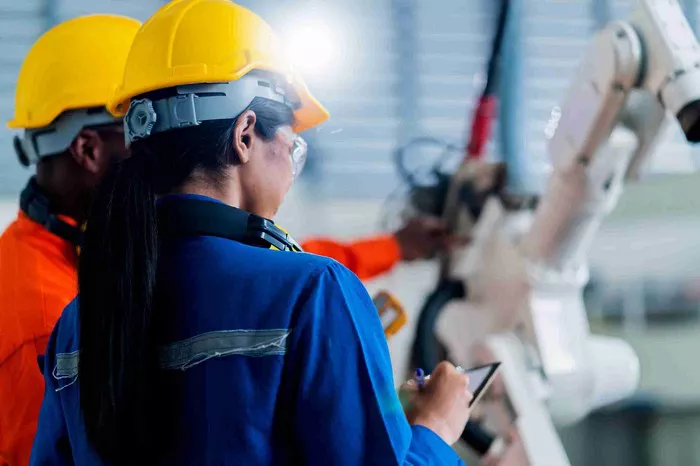As Formula 1 nears its major power unit overhaul in 2026, Ford and Red Bull Powertrains (RBPT) are intensifying their efforts to develop the engine that will propel the reigning champions into the new hybrid era.
In a recent update, Mark Rushbrook, global director at Ford Performance, shared the progress of the partnership and highlighted how the collaboration is exceeding expectations in multiple areas.
Red Bull Powertrains, which was initially established to manage the team’s transition after Honda’s departure from F1, is now advancing rapidly as an original equipment manufacturer (OEM).
While Honda shifts its focus to Aston Martin from 2026, Ford and Red Bull’s collaboration continues to grow stronger, with both parties increasing their joint efforts.
A Partnership Strengthening with Time
“The partnership is actually getting stronger every day,” Rushbrook said, emphasizing that the collaboration began well before the official contract was signed. Initially, Ford’s involvement was limited to providing expertise on the hybrid system’s electronics. However, the scope has significantly broadened, with Ford now contributing to the development of the internal combustion engine (ICE) itself.
“We are contributing in a number of ways. In general, we are on track with our timeline for the ICE and the electrical components,” Rushbrook confirmed, noting that there is still work to be done, particularly regarding durability. Despite these challenges, he expressed satisfaction with the partnership, saying, “It’s everything we hoped for and actually more than we expected.”
Rapid Prototyping and Real-Time Testing
Ford’s advanced manufacturing capabilities, including 3D printing, are playing a pivotal role in the partnership’s success. Rushbrook explained how parts are being rapidly prototyped and shipped from Ford’s Dearborn facility to Red Bull’s Milton Keynes lab, where they are tested and refined.
“Initially, the focus was on electrification,” he said. “But with our advanced manufacturing facility and our 3D printing machines, we can make things in real time.” This agile development process is allowing Red Bull to push the boundaries of performance, with Ford’s technology driving everything from battery innovations to turbo components.
Balancing Performance with Reliability
Despite meeting early power targets, Rushbrook acknowledged the challenges of ensuring both performance and reliability. “When it comes to achieving the power numbers, then absolutely,” he said, but emphasized that testing for reliability is an ongoing process. “Do you achieve everything perfectly? No, but that’s the reality of any programme.”
The focus remains on a continuous cycle of increasing power while ensuring the engine remains reliable—a delicate balance typical of F1 engineering. As the development continues, Rushbrook underscored the iterative nature of the process, saying, “It’s always about testing reliability as the engine develops.”
Countdown to 2026
With just nine months remaining before the 2026 season kicks off, the Ford-Red Bull Powertrains partnership is focused on precision and innovation. As Red Bull prepares to unveil its first in-house power unit, branded as Red Bull Ford Powertrains, the collaboration stands as a testament to the strength of trust and teamwork.
While perfection may be out of reach, the partnership’s progress is undeniable, and the race toward 2026 is set to be a thrilling one.

